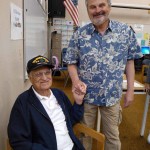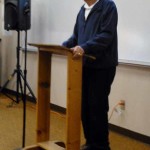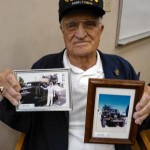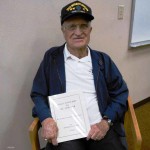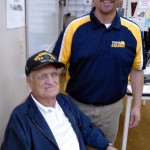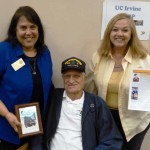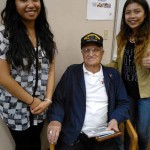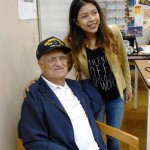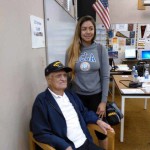 Lois Battle is a New York Times best-selling author of seven novels including: Season of Change, War Brides, Southern Women, A Habit of Blood, The Past Is Another Country, Storyville Bed & Breakfast, The Florabama Ladies Auxiliary and Sewing Circle.
Lois Battle is a New York Times best-selling author of seven novels including: Season of Change, War Brides, Southern Women, A Habit of Blood, The Past Is Another Country, Storyville Bed & Breakfast, The Florabama Ladies Auxiliary and Sewing Circle.
She died at age 74, on June 17, 2014, at her home in Beaufort, South Carolina.
Before she began writing, Battle pursued an acting career in New York City. She landed several small roles in theater and film, including a speaking part in the 1964 film adaptation of the musical My Fair Lady. She also appeared in Something Evil (1972) and Louis Armstrong – Chicago Style (1976).
Battle began writing novels in the 1980s. She discovered Beaufort while researching “Southern Women,” a novel set in Savannah, and moved to town in 1993. Her novel “Bed and Breakfast” is set in Beaufort.
Known to many in Beaufort as a fiery, passionate woman and champion of the arts, Lois Battle is also remembered for her loyalty, generosity and fragility, according to her obituary in the Beaufor t Gazette. Battle’s sister, Colleen Battle of Cleveland, described her as a creative spirit who was her mentor in the arts, introducing her to ballet, opera and literature. She was also a woman known for her strong stances. Colleen Battle said her sister didn’t believe in credit cards, cellphones or the Internet.
t Gazette. Battle’s sister, Colleen Battle of Cleveland, described her as a creative spirit who was her mentor in the arts, introducing her to ballet, opera and literature. She was also a woman known for her strong stances. Colleen Battle said her sister didn’t believe in credit cards, cellphones or the Internet.
“She thought they inhibited communication,” Coleen Battle said. “She felt like when people actually wrote a language, they communicated more fully.” As a result, Lois Battle corresponded with friends and family through painted postcards and handwritten letters.

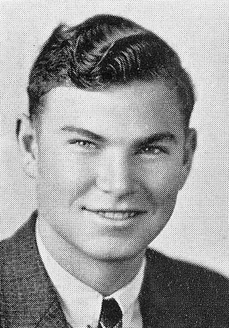



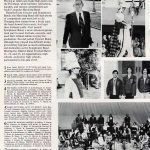
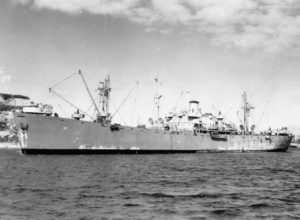




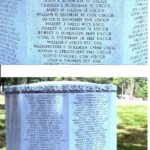

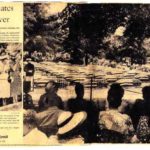
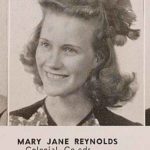 Anaheim High has lost Class of 1944 graduate Reggie (Reynolds) Massey. Her birth name was Mary Jane but this spunky lady chose to be known as Reggie. She was nearing her 91st birthday when she passed away peacefully with her family at her side.
Anaheim High has lost Class of 1944 graduate Reggie (Reynolds) Massey. Her birth name was Mary Jane but this spunky lady chose to be known as Reggie. She was nearing her 91st birthday when she passed away peacefully with her family at her side.


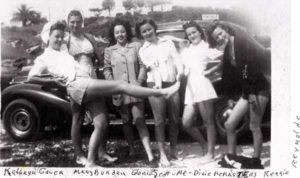
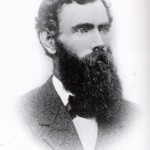 James Miller Guinn (aka J.M. Guinn), was a prominent educator and historian in southern California during the late 19th and early 20th centuries.
James Miller Guinn (aka J.M. Guinn), was a prominent educator and historian in southern California during the late 19th and early 20th centuries. 1879 – The new two-story Central School opens on January 16. The school, which features as clock steeple and bell tower, is built in the center of a two-acre lot at 231 Chartres Street. The 217 elementary through high school students are taught by two men and two women who are paid $75 a month.
1879 – The new two-story Central School opens on January 16. The school, which features as clock steeple and bell tower, is built in the center of a two-acre lot at 231 Chartres Street. The 217 elementary through high school students are taught by two men and two women who are paid $75 a month.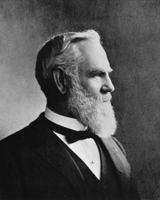 In 1881, after Anaheim schools showed marked improvement, the city of Los Angeles hired Guinn to superintend their school system. After two years in this position, Guinn shifted his vocational interests into real estate and merchandising, although he maintained a strong interest in Los Angeles’ history and educational facilities for the remainder of his life. He also served as deputy county assessor for several years.
In 1881, after Anaheim schools showed marked improvement, the city of Los Angeles hired Guinn to superintend their school system. After two years in this position, Guinn shifted his vocational interests into real estate and merchandising, although he maintained a strong interest in Los Angeles’ history and educational facilities for the remainder of his life. He also served as deputy county assessor for several years.


